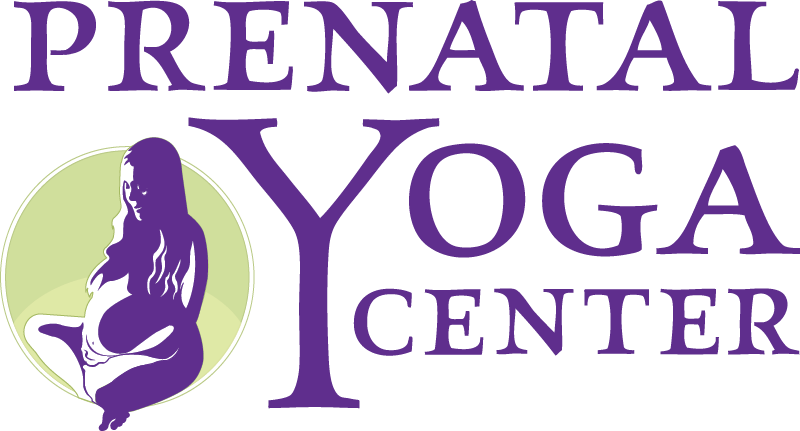Last week in Prenatal class we were discussing going into birth with an open mind and not being attached to a certain birth plan. I referred to this as having plan A, B and C in place! According to the Center of Disease Control, our current national average cesarean rate is 32.8% (1). With that in mind, it is important to look at the possibility of having a cesarean birth even when a vaginal birth is intended. This means being prepared for what this procedure looks like and how the recovery differs from a vaginal birth. In my blog, Keeping A Cesarean As Intimate As Possible , I outline some ways to turn this more crowded birth experience into a private moment for the new parents.
The basic course of events looks something like this:
Birthing Person goes into the O.R. by themself and gets moved to the operating table.
The anesthesiologist adjusts the medication to make them numb from waist down while the nurses prep the belly for the incision. This included shaving the pubic area since that is where the incision will be and thoroughly cleaning the abdomen with an iodine solution as well as inserting a bladder catheter.
A screen is put up so the family/friends will not see the surgery and can have their privacy on the other side.
Partner or support person is gowned up and brought in to sit right next the birthing person’s upper body.
Once the surgery starts, in a non-emergency situation, the baby is removed from the uterus usually with 10-15 minutes. The baby is then suctioned and goes to a pediatrician to get checked out.
If all is cleared with the baby, then they go to the partner or support person in the room. The baby can have skin to skin contact with the birthing parent’s cheek or neck area or the birth partner’s body.
The birth partner leaves.
The birthing parent gets stitched up, which can take about 45 minutes.
All family meets in recovery.
After the initial meeting in the recovery room, opportunity for bonding and body feeding with the birth parent and baby. (However, DON’T feel pressured or rushed into body feeding if it doesn’t feel quite right!)
Here is a basic guideline of what to expect in terms of recovery:
The birth parent could expect to stay in the hospital for 3-5 days depending on the healing process.
After the surgery, the birth parent is moved into a recovery room where they will meet up with the baby and partner. They will likely stay here for 1-3 hours. At this time, the birth parent will continue to receive pain medication through an epidural. They may have this epidural in place for about another day. After that, they will transition to oral pain medication.
The birthing parent may feel groggy, itchy and/or nauseated and shaky from the epidural anesthesia. This is totally normal, but may be surprising if they aren’t aware of these common side effects from the epidural. The abdomen will be sore and the scar may be numb for a while. Also, legs are often swollen from fluid retention and you may have to wear a compression hose or something similar to help decrease the swelling. Another physical side effect worth mentioning is that the birth parent might be gassy from air getting into the intestines for a few days.
Once the birth parent is situated and comfortable, don’t be afraid to body feed! However, because of the incision, it may be most comfortable to do it in either the football hold or side lying position. Don’t be afraid to ask for assistance from a lactation consultant. It is also a good idea to have the number for a lactation consultant who makes house or zoom calls on hand once returning home.
Postpartum monitoring:
Once in the recovery room, a nurse will still be monitoring the birth parent carefully. They will be checking the incision, the birth parent’s vital signs and the amount of vaginal bleeding. (Even though birth was abdominal, there will still be vaginal bleeding which is the shedding of the uterine wall. This will last approximately 3-6 weeks.)
Once the pain medication has worn off and the doctor’s clearance is given, it is recommended that the birth parent get out of bed and move around. Since the birth parent can’t leave the hospital without first having a bowel movement, it is a great opportunity to get up and walk around. This will aid in recovery and help prevent deep vein thrombosis (blood clots)
Once home:
Rest but also don’t be afraid to walk around a bit every day! Be mindful that the incision will still be tender and it may be difficult to lean forward, twist, sneeze or cough. It is recommended to brace your abdomen with a pillow when sneezing or coughing. One shouldn’t return to regular exercise for up to 6 weeks, but after that you should be cleared to return to “normal.”
Know what your incision looks like and what is normal and abnormal healing. Call your caregiver if you have signs of an infection, including:
*warmth, redness, swelling, or oozing at the incision site
*worsening pain or sudden onset of pain
*any fever (even if your incision looks fine)
*foul smelling vaginal discharge
*pain or burning when urinating, the urge to pee frequently when not a lot comes out, or urine that is dark and scanty or bloody (2)
Finally, don’t deny it if the birth was hard with the unexpected cesarean at the end. Make room to process the entire experience and seek support if it feels like the labor was too overwhelming to digest on your own. Denying or letting people downplay the experience you had can lead to postpartum depression.
Sources
1. http://www.cdc.gov/nchs/fastats/delivery.htm
2. http://www.mayoclinic.com/health/c-section-recovery/MY01978

